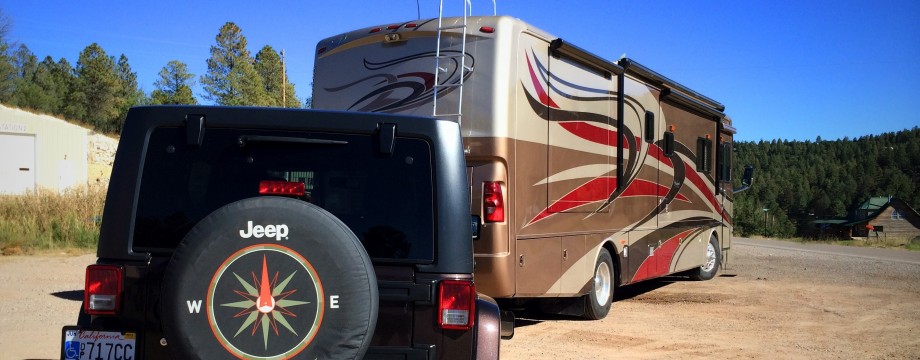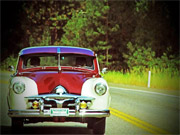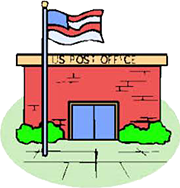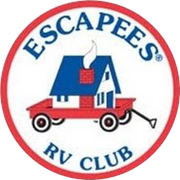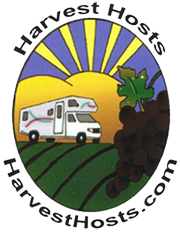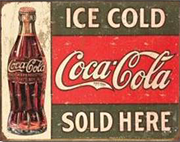JULY 23, 2014.
 OUR VISIT TO THE HATCHERY: Several times in the last few days we’ve driven past a road sign for the Rapid River Fish Hatchery and today we decided to take the short drive there and learn a bit about breeding Chinook Salmon. It’s a very interesting operation. Here’s how the process works. The Rapid River flows through an undeveloped canyon before reaching the hatchery. The river is protected as part of the Wild and Scenic Rivers Act, and no perturbations such as logging or road building are allowed. At the hatchery, the fish rearing facilities consist of 52 egg incubators, 12 outdoor concrete raceways and six earthen rearing ponds with concrete side walls. Holding facilities for adult salmon broodstock consist of one concrete holding pond and one earthen holding pond. They provide space for as many as 3,000 adult salmon prior to spawning.
OUR VISIT TO THE HATCHERY: Several times in the last few days we’ve driven past a road sign for the Rapid River Fish Hatchery and today we decided to take the short drive there and learn a bit about breeding Chinook Salmon. It’s a very interesting operation. Here’s how the process works. The Rapid River flows through an undeveloped canyon before reaching the hatchery. The river is protected as part of the Wild and Scenic Rivers Act, and no perturbations such as logging or road building are allowed. At the hatchery, the fish rearing facilities consist of 52 egg incubators, 12 outdoor concrete raceways and six earthen rearing ponds with concrete side walls. Holding facilities for adult salmon broodstock consist of one concrete holding pond and one earthen holding pond. They provide space for as many as 3,000 adult salmon prior to spawning.
HERE’S HOW THE PROCESS WORKS: The process begins by trapping adult fish migrating upstream. The trap collects and holds adult fish with a concrete barrier, a seven-step fish ladder and a two-stage trap. The adult salmon are then transported in a 1,000 gallon tank to the hatchery. The broodstock fish begin to mature by mid-August and the females are sorted for ripeness and spawned. Each female produces 3,500 to 5,000 eggs. After spawning, the eggs from each female are placed into buckets and fertilized with the sperm from a male. The fertilized eggs are taken to the incubation building where they are disinfected with iodine and placed in vertical egg incubators. River water flows through the incubators during the entire incubation cycle. The total number of eggs collected each year depends upon the number of returning females. This hatchery requires a return of 2,400 adults to produce enough eggs to meet release goals. It takes about six weeks for the eyes of the embryonic fish to appear within the eggs. This is called eye-up. Eggs can be handled after eye-up to allow removal of unviable eggs or segregation. The eggs will remain in the incubators until they hatch and develop enough to swim about and search of food. For the earliest spawn this occurs in December and will continue through March for the latter egg takes. The total time needed for the eggs to hatch and for the fry to swim-up depends on water temperature.
AND THE RESULT IS: Newly emerged fry are fed dry food in the raceways until they are about 2 inches in length. In June, they are each marked with a fin clip to identify their hatchery origin. Coded-wire and PIT tags are imbedded in a percentage to provide information that is more detailed. After marking, the fingerlings are moved to the large rearing ponds. Each pond section can hold about half a million fish. Feeding continues through the summer and fall until water temperatures drop below 35 F°. As water temperature begins to increase in late winter, feeding resumes until the fish are released during March and April. At the time of release, a physiological change occurs (smolting) and the fish begin to show different behavior indicating their readiness to migrate the 600 miles to the Pacific Ocean.
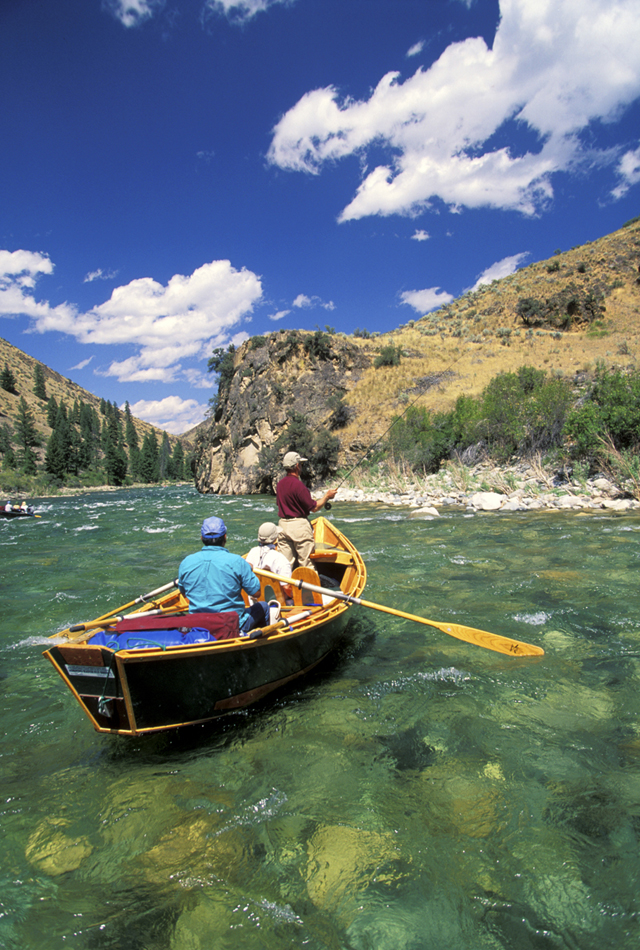
Professional guides take fishermen in drift boats to the best fishing holes on the river. Many of the guides are second or third generation outfitters.
From 1964 to the present, adult spring Chinook salmon returns to Rapid River Hatchery have varied from less than 200 to more than 17,000. Nature continues to be an important ingredient to successful migration and return. Rapid River Hatchery has been rated one of the most successful in the Pacific Northwest. With the addition of fish produced at other facilities, improvement in migration conditions along the lower Snake and Columbia Rivers, the salmon continue to provide anglers in Idaho the chance to fish for these magnificent creatures.
SO THERE YOU HAVE IT. You just never know what you’ll learn from reading my blog, huh? Stay tuned… there’s lots more to follow!


